The Ultimate Troubleshooting Guide to Roof Repair
When you discover a fresh water stain on your ceiling or you hear a loud thump on your roof, your first instinct may be to curl up under a soft blanket, or grab a bucket or bowl and look for a possible leak.
Replacing a roof costs thousands of dollars and most homeowners haven’t budgeted for a problem that size, but it is important to address whatever issues arise overhead.
A leak or a fallen tree branch doesn’t always signal extreme damage. Your fix could be as simple as installing a few new shingles or replacing the flashing. According to a survey of more than 38,000 homeowners, the average roof repair costs about $800. This is much more affordable than the $7,000 average for an entirely new roof. Depending on your issue, you could pay as little as $10 for material.
Take a look at the following guide to mendable roof damage, then check for yourself or call a professional to see if yours is an easy fix.
Disclaimer: Working on a roof is very dangerous and must be handled with extreme caution. If you are uncomfortable and don’t feel safe, it is always worth it to hire a contractor.
01.Damaged Flashing
Flashing is the material that protects the crease between fixtures like chimneys or skylights and the roof. It is usually made of sheet metal or plastic. There is also flashing for the venting pipes under your roofing material. If the flashing is cracked, loose or worn, the area around these fixtures will be vulnerable to rain and moisture.
Solution: ($20) Remove and replace with new flashing. Some surrounding materials, such as shingles, will need to be lifted away for removal and installation.
02.Worn Sealant
A sealant is used with flashing and around the edges of skylights. Cracked and aged sealant will not be able to do its job, resulting in a leak.
Solution: ($6 per tube of flashing sealant) Re-caulk or apply new tar. You will likely need to remove surrounding materials temporarily, to effectively apply the sealant.
03.Punctures
Weather, falling branches and animals can create significant holes and punctures in your roofing material. These repairs are best handled by professional roofers, as they involve more steps and may demand reframing part of the roof itself.
Solution: ($300-$1,000 labor and materials) After your roofer has done any necessary reframing, they will install a layer of sheathing, then felt paper followed by shingles. You may be tempted to cover the hole with a temporary material or, if it is small enough, seal it up with roofing caulk, but this will only allow moisture to seep through and create larger problems.
04.Damaged Vent Boot
This component seals the area around your vents against moisture, much like flashing seals other parts of your roof. A damaged vent boot could be the source of your leak.
Solution: ($10-$20 materials) Remove and replace the vent boot. This will involve lifting away surrounding materials, as well as nailing and caulking the boot.
05.Damaged or Missing Shingles
It is common to discover a few damaged or missing shingles, as a number of external factors act against them.
- Strong weather blows them off or pries them loose.
- Their protective surface granules wear away.
- Animal activity cracks and breaks them.
- Hail cracks and breaks them.
- Ice dams and pooling water weigh on them.
Solution: ($30 per bundle) Remove the old shingles and replace them with new ones. In the case of ice dams and pooling water, once you have replaced your shingles, you’ll want to be proactive to prevent future damage. Remove snow to prevent ice dams and keep your gutters clean for proper drainage.
06.Corroded Vertical Slits
The slit between each roofing tile is a vulnerable area and can easily corrode. As water runs through these slits, it exposes the underlying roofing materials more and more.
Solution: ($30 per bundle) Replace the corroded shingles as soon as possible to prevent further damage.
Leaks and aesthetic damage can usually be fixed without overhauling your entire roof. However, there are times when installing a new roof is a wise investment—such as before listing your home. You should have your roof inspected for quality if it is 20 to 25 years old or if it is leaking in multiple places.
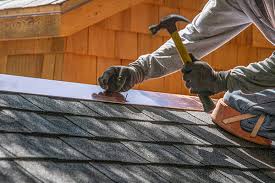
Why Is My Roof Leaking?
One of my favorite customer calls is when the customer states “It only leaks when it rains!” I would be concerned if a roof leaked when it wasn’t raining. Leaks occur for several reasons. Browse through some of the common culprits and the cost to get them fixed.
1.Shingles
Shingles may blow off in high winds and hail. To repair blown off shingles, you first match the shingles for color and manufacturer. Then, you should hire someone to install the shingles to manufacturer specifications.
2.Roof boots
Neoprene (rubber) boots can disintegrate over time. We always suggest lead boots, which are slightly more expensive, but will last much longer. Even though you incur the cost of removing the rubber boots and replacing them with lead boots in the beginning, you may save yourself from interior damage in the future.
3.Flashing
If flashing, the metal installed around chimneys, dormers and skylights, isn’t installed properly or becomes damaged, it can lead to leaks. This is a difficult one to put a price on. Shingles surrounding the area must be removed and replaced. Siding may need to be manipulated, and flashing will need to be made to secure the area.
4.Roofing materials
If your roof pitch is less than 3:12, you must use roofing made specifically for flat roofs. A 3:12 roof pitch has 3 feet of vertical rise for every 12 feet of length.
If you have the wrong roofing material, the area will need to be completely removed before installing new roofing material.
5.Siding or windows
Here is the shocker: It may not even be your roof. If there is the slightest hole in your siding, water can get in and appear as a roof leak. Water entering windows can look like a roof leak too.

12 Roof Repair Tips: Find and Fix a Leaking Roof
You can stop leaks yourself-no experience necessary. We show you how to track down and fix the most common types of roof leaks. Most leaks take only minutes to repair.
- Leaky Roof Overview
If you have water stains that extend across ceilings or run down walls, the cause is probably a leaky roof. Tracking down the leak is the hard part; the roof leak repair is usually pretty easy. We’ll show you some simple tricks for finding and repairing most of the common types of leaky roofs. But if you live in the Snow Belt and in the winter you have leaks only on warm or sunny days, you probably have ice dams. We won’t go into that roof leak repair in this story. Check out this article for more on preventing ice dams. If you have a leaky roof, you’d better fix it immediately, even if it doesn’t bother you much or you’re getting a new roof next year. Even over a short time, small leaks can lead to big problems, such as mold, rotted framing and sheathing, destroyed insulation and damaged ceilings. The flashing leak that caused an expensive repair bill was obvious from the ceiling stains for over two years. If the homeowner had dealt with it right away, the damage and subsequent repairs would have been minimal.
- How to Find Roof Leaks
When you’re trying to track down a leak, start by looking at the roof uphill from the stains. (Plus: here’s how to clean roof stains.) The first thing to look for is any roof penetrations. Items that penetrate the roof are by far the most common source of leaks. In fact, it’s rare for leaks to develop in open areas of uninterrupted shingles, even on older roofs. Penetrations can include plumbing and roof vents, chimneys, dormers or anything else that projects through the roof. They can be several feet above the leak or to the right or left of it.
If you have attic access, the easiest way to track down a leak is to go up there with a flashlight and look for the evidence. There will be water stains, black marks or mold. But if access is a problem or you have a vaulted ceiling, you’ll have to go up onto the roof and examine the suspect(s).
- Trick for Finding Difficult Leaks
If a leak is difficult to find, enlist a helper and go up on the roof with a garden hose. Start low, soaking the area just above where the leak appears in the house. Isolate areas when you run the hose. For example, soak the downhill side of a chimney first, then each side, then the top on both sides. Have your helper stay inside the house waiting for the drip to appear. Let the hose run for several minutes in one area before moving it up the roof a little farther. Tell your helper to yell when a drip becomes visible. You’ll be in the neighborhood of the leak. This process can take well over an hour, so be patient and don’t move the hose too soon. Buy your helper dinner. If running water doesn’t reveal the exact location of the leak, don’t be timid. Start removing shingles in the suspect area. With them removed, there’ll be evidence of the leak and you’ll be able to track it down right to the source. You’ll see discolored felt paper or water-stained or even rotted wood directly below and around a leaky roof.
- Solution for a Small Leak
Some roof leaks are tough to locate. Sometimes the water shows up at a ceiling spot distant from the leak. If your ceiling has a plastic vapor barrier between the drywall and the attic insulation, push the insulation aside and look for flow stains on the plastic. Often water runs to openings in the vapor barrier, such as at ceiling light fixtures.
If you can’t see any telltale flow marks, and since the stain is fairly small, look at the underside of the roof for ‘shiners.’ A shiner is a nail that missed the framing member, in this case when the carpenter nailed the roof sheathing to the rafters. Moisture that escapes into the cold attic from the rooms below often condenses on cold nails. Sometimes you can spot this if you climb up into your attic on a cold night. The nails will look white because they’re frosted. When the attic heats up a bit during the day, the frost melts and drips, then the nails frost up at night again and so on. The solution is to simply clip the nail with a side-cutting pliers.
- Fix Plumbing Vent Boots
Plumbing vent boots can be all plastic, plastic and metal, or even two-piece metal units. Check plastic bases for cracks and metal bases for broken seams. Then examine the rubber boot surrounding the pipe. That can be rotted away or torn, allowing water to work its way into the house along the pipe. With any of these problems, you should buy a new vent boot to replace the old one. But if the nails at the base are missing or pulled free and the boot is in good shape, replace them with the rubber-washered screws used for metal roofing systems. You’ll find them at any home center with the rest of the screws. You’ll have to work neighboring shingles free on both sides. If you don’t have extra shingles, be careful when you remove shingles so they can be reused. Use a flat bar to separate the sealant between the layers. Then you’ll be able to drive the flat bar under the nail heads to pop out the nails.
- How to Fix Roof Vents
Check for cracked housings on plastic roof vents and broken seams on metal ones. You might be tempted to throw caulk at the problem, but that solution won’t last long. There’s really no fix other than replacing the damaged vents. Also look for pulled or missing nails at the base’s bottom edge. Replace them with rubber-washered screws. In most cases, you can remove nails under the shingles on both sides of the vent to pull it free. There will be nails across the top of the vent too. Usually you can also work those loose without removing shingles. Screw the bottom in place with rubber-washered screws. Squeeze out a bead of caulk beneath the shingles on both sides of the vent to hold the shingles down and to add a water barrier. That’s much easier than renailing the shingles.
- Fix Walls and Dormers
Water doesn’t always come in at the shingled surface. Often, wind-driven rain comes in from above the roof, especially around windows, between corner boards and siding, and through cracks and knotholes in siding. Dormer walls provide lots of spots where water can dribble down and enter the roof. Caulk can be old, cracked or even missing between the corner boards and between window edges and siding. Water penetrates these cracks and works iBts way behind the flashing and into the house. Even caulk that looks intact may not be sealing against the adjoining surfaces. Dig around with a putty knife to see if the area is sealed. Dig out any suspect caulk and replace it with a high-quality caulk. Also check the siding above the step flashing. Replace any cracked, rotted or missing siding, making sure the new piece overlaps the step flashing by at least 2 in. If you still have a leak, pull the corner boards free and check the overlapping flashing at the corner. Often, there’s old, hardened caulk where the two pieces overlap at the inside corner.
- Complex Roof Problem
This roof leaks during the snowy part of winter and during storms in the summer, certainly due to poor flashing. The soffit that meets the roof is one of the toughest areas to waterproof. In the photo, you can still see signs of an ice dam. An ice dam occurs when snow melts and the water freezes when it hits the colder edges of your roof. Eventually, water pools behind the dam and works its way back up under the shingles and under the soffit until it finds an opening through the roof. The solution begins with good flashing since this should stop leaks from rainfall and might stop the leaks from ice dams as well. Begin by removing the shingles down to the wood sheathing and slip a strip of adhesive ice-and-water barrier (available where roofing repair products are sold) under the soffit/main roof joint. Depending on how the roofs join, you may have to cut a slot to work it in far enough. It should overlap another piece of ice-and-water barrier laid below, all the way down to the roof edge. This should cover the most leak-prone areas. Then reshingle, sliding metal step flashing behind the fascia board (the trim behind the gutter). The valley flashing, laid over the joint where the two roofs meet, should overlap the step flashing at least 2 in. If leaks continue to occur from ice dams, consider installing roof edge heating cables. (Find them locally at hardware stores or home centers.) Improved attic insulation and ventilation are usually the best ways to prevent ice dams, but they might not be effective in this complicated leaky roof situation.
- Fix Step Flashing
Step flashing is used along walls that intersect the roof. Each short section of flashing channels water over the shingle downhill from it. But if the flashing rusts through, or a piece comes loose, water will run right behind it, and into the house it goes. Rusted flashing needs to be replaced. That means removing shingles, prying siding loose, and then removing and replacing the step flashing. It’s that simple. But occasionally a roofer forgets to nail one in place and it eventually slips down to expose the wall. Check out this article for more on installing your own step flashing.
- Don’t Count on Caulk!
Rarely will caulk or roof cement cure a leaky roof —at least for very long. You should always attempt a “mechanical” leaky roof fix whenever possible. That means replacing or repairing existing flashing instead of using any type of sealant as a leak stopper. Only use caulk for very small holes and when flashing isn’t an option as a leak stopper.
- Fix Small Holes
Tiny holes in shingles are sneaky because they can cause rot, a leaky roof and other damage for years before you notice the obvious signs of a leak. You might find holes left over from a satellite dish or antenna mounting brackets or just about anything. And exposed, misplaced roofing repair nails should be pulled and the holes patched. Small holes are simple to fix, but the fix isn’t to inject caulk in the hole. You’ll fix this leaky roof problem with flashing.
- Leaks Around Brick Chimneys
All kinds of bad things can happen around brick chimneys. In fact, there are far too many to cover in this story. Flashing around chimneys can rust through if it’s galvanized steel, especially at the 90-degree bend at the bottom. A quick but fairly long-term fix is to simply slip new flashing under the old rusted stuff. That way any water that seeps through will be diverted. The best fix, though, is to cut a saw kerf into the mortar and install new flashing.
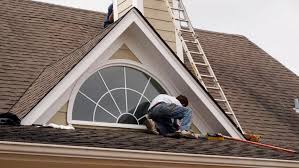
How To Handle Emergency Roof Repair
Your roof is an integral part of your home, protecting the interior from the elements. You depend on it every day without even realizing that you do. So, what happens if a tree limb crashes into your attic during a summer thunderstorm in the middle of the night? How do you protect the inside of your home from extensive damage during a roofing emergency? Learn more about how an emergency roof repair can be handled.
Remain Calm
The first step after a roof emergency is to remain calm. Often, roof damage appears far worse to a homeowner than it will to a professional roofer. You want to try to protect your home as much as possible, but if you panic, you will be unable to manage the steps you need to take to do so.
Protect as Best You Can
If your home has been damaged during a storm, you will want to minimize damage to the interior as much as you can. Try to cover any holes in the living area with plastic tarps or other waterproof materials. If the hole is vast, you may need to place buckets or other containers under the hole to collect water until the storm subsides. You should call a professional roofer as most of them have 24/7 emergency lines, but keep in mind they will not send someone out during the storm as that would be unsafe for their employees. Do not try to climb on the roof yourself to repair the damage.
What Will a Roofer Do?
Once the roofer can get to your home, they will inspect the area and look for any additional issues that may exist. They will cover the opening with strong plastic tarps that are secured tightly against the elements. If your home was damaged by fire, it is possible that firefighters compromised the structural integrity of your roof. This may mean you will need to find an alternate place to live until the roof can be restored.
Contact Your Insurance Company
As soon after the damage as possible, contact your homeowner’s insurance company. Unexpected roof damage can cause significant financial difficulty. If you must vacate the home as it is unsafe, your insurance company may offer coverage for hotels or other living areas while your roof is being repaired. The insurance company will send out an adjuster who will review the damage and determine how much the claim is worth. If you feel the estimate is too low, you can get estimates from different roofing companies and provide those to the insurance company as proof of the damage.
Types of Emergency Roof Damage
There are many different situations that could lead to roof damage. High winds can tear shingles from the roof, exposing the substrate which could then be compromised by rain. Tree limbs can be thrown into your roof, causing significant damage. Lightning strikes can actually blow a hole in your roof as well. Wildlife, including squirrels and raccoons, are known to chew through wooden structures and create holes that can be quite large. As mentioned, fire can lead to structural damage to the roof that may even make your home unsafe to enter.
Choose a Licensed Contractor
When you choose a roofing contractor, be sure to choose on that is licensed and insured. There are “storm chaser” companies that prey on homeowners after severe weather events. These are often fly-by-night companies who appear in neighborhoods to try to convince homeowners to use them for repairs. Often, the repairs are either sub-standard or the company requires a large deposit. Once they receive it, they leave the area and never perform the work. Get references from any company you choose and ask them for proof that they are licensed as well as insured.
The most important thing to do when you are facing a roofing emergency is not to panic. It is also very important that you not try to repair the damage yourself, especially in the middle of a nasty storm.

Roof Repair Mistakes to Avoid
- Misdiagnosing a Leak
A leak is the most common sign that there is a problem with your roof. Often, it’s the first sign that something is wrong. But what many homeowners don’t realize is that a leak in your ceiling is not always a sign of a problem directly above the leak. Water is sneak, and it can flow along pipes, joists, or even electrical systems. When it finds the lowest spot, it pools and drips down onto your ceiling. All you see is the final spot where the water ended up, but not its source in the roof.
Diagnosing a roof leak is as much of an art as it is a science. An inexperienced or underqualified roofer may think they’ve found the problem, but next time it rains the homeowner is in for a nasty surprise. We’ve seen cases where a roofer opens up the whole ceiling to find a leak and replace the damaged drywall. But after a large and expensive fix, the leak comes right back.
- Ignoring the Root of the Problem
Even once you find the source of the leak, just slapping on a new shingle may be ignoring the root of the problem. Yes, a leak can start with a broken or damaged shingle. But by the time the leak has worked its way into your dining room, there’s a lot more damage. Also, the damaged shingle may not be the source of the problem. Sometimes the decking or underlayment was installed wrong or has become damaged.
- Skipping the Attic
If there’s a problem with your roof, there is often a problem with your attic. Sometimes the damage to the roof is a result of what’s going on in the attic. And sometimes whatever started on the roof can have an effect on your attic. Either way, choosing to ignore the attic can cause problems down the road.
If you have a leak that has made its way into your living area, it has to get past the attic. You may only see a small water stain or a little peeling plaster in your living room. But in the attic, you may have more extensive water damage. If decking or framing has been exposed to water for a long time, you could have rot. Another danger is mold, which can grow in the attic and quickly get into your ventilation system. Mold spores can get all around your house, causing respiratory issues and other illness. If you have insulation, the insulation can become waterlogged. Wet insulation is a breeding ground for bacteria and mold.
Even if you don’t have water in your attic, the problems with your roof might be caused by your attic. Specifically, poor ventilation in your attic can do serious damage to your roof. An inadequately ventilated attic can become oppressively hot in the summer, literally cooking your roof from underneath. In the winter, when the air is cold, moisture can collect in an inadequately ventilated attic. The moisture gets into your framing and decking and can cause rot.
- Sloppy Installation
There is no excuse for shoddy workmanship. If you can’t correctly install roofing, you shouldn’t be selling your services as a roofer. Unfortunately, many roofers haven’t gotten that message. They cut corners to save themselves time and labor, even as they cost you money and damage down the road. When installing new shingles, there are plenty of places you can go wrong. Let’s look at two of the most common.
- First, some roofers try to save time and money without thinking it through first. Installing shingles over the existing layer is acceptable in some situations. But it’s not always the best way to make a repair. And it’s never appropriate to build up more than two layers of shingle. If you are doing an extensive repair, laying down a second layer of asphalt shingle over the existing one can save on time and labor costs. But before you do that, you need to make sure the decking and frame of the house can support the weight of a second roof.
- Second, some roofers just aren’t very good at what they do. We’ve seen installations of crooked or misaligned shingles. In other cases, roofers have used the wrong type of fasteners, like nails that aren’t long enough. Sometimes shingles were nailed in improperly. These problems aren’t just aesthetic. If a shingle isn’t installed in the right spot with the right technique, it is susceptible to wind damage, leaking, and curling. It could also void your warranty for the entire roof, costing you thousands of dollars for a few bad shingles.
- Poorly Matched Shingles
When you repair your roof you want it to look like it was never broken, right? The problem is that it’s actually quite hard to match shingles. Think about how hard it is to match paint when you have to fill a damaged spot on the wall of your house. There are hundreds of different types of shingles, and the shingles on your roof don’t look the same as they did when they were installed. Years of weather have changed them.



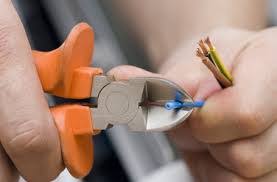


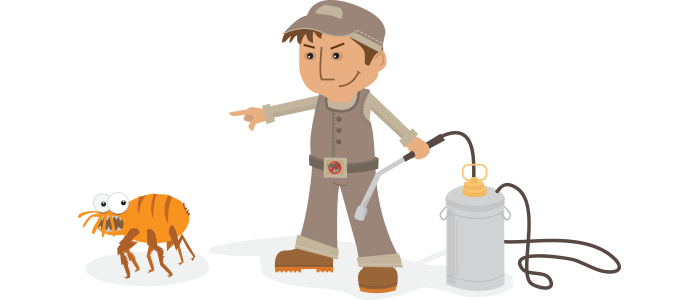

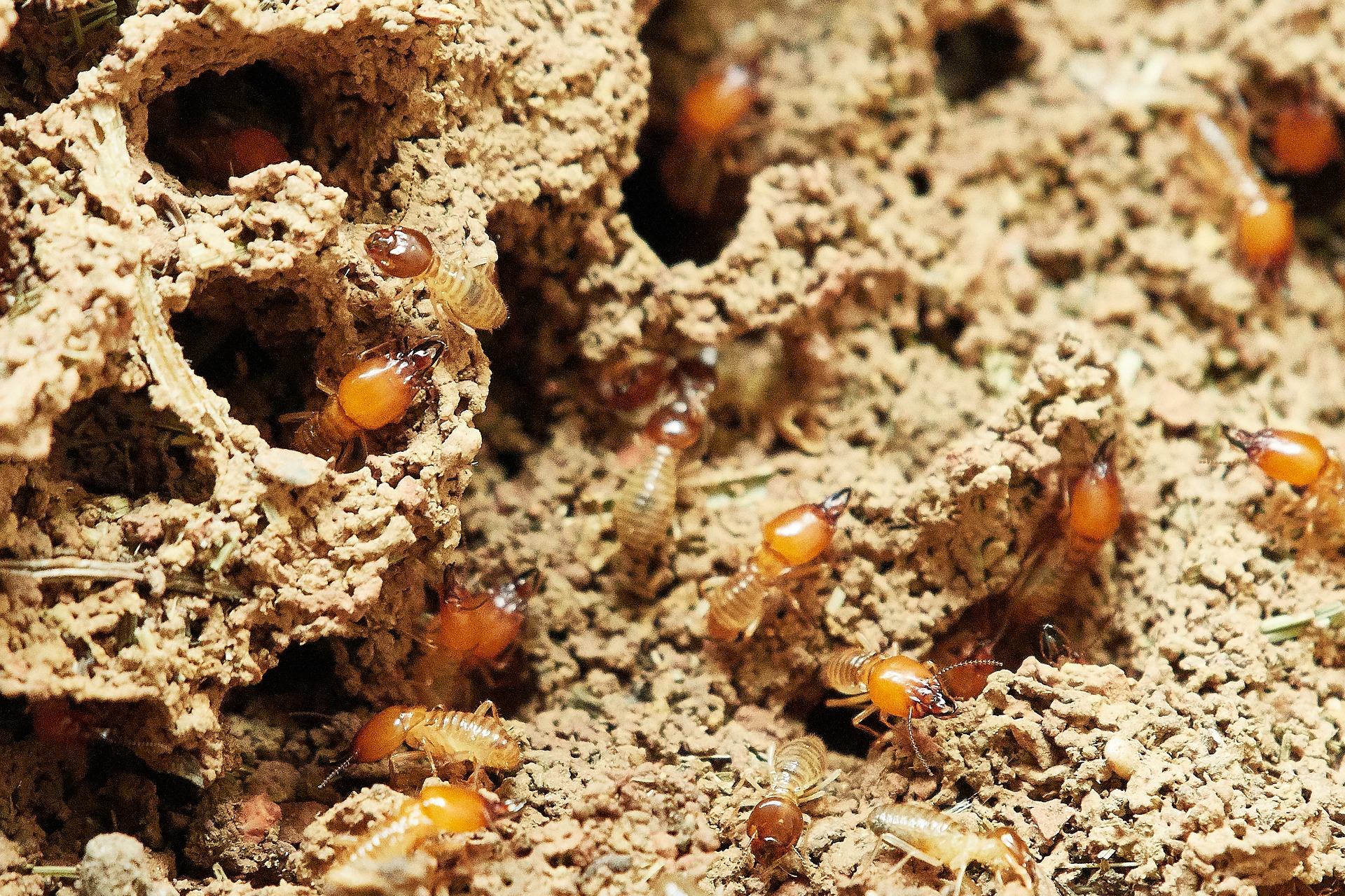
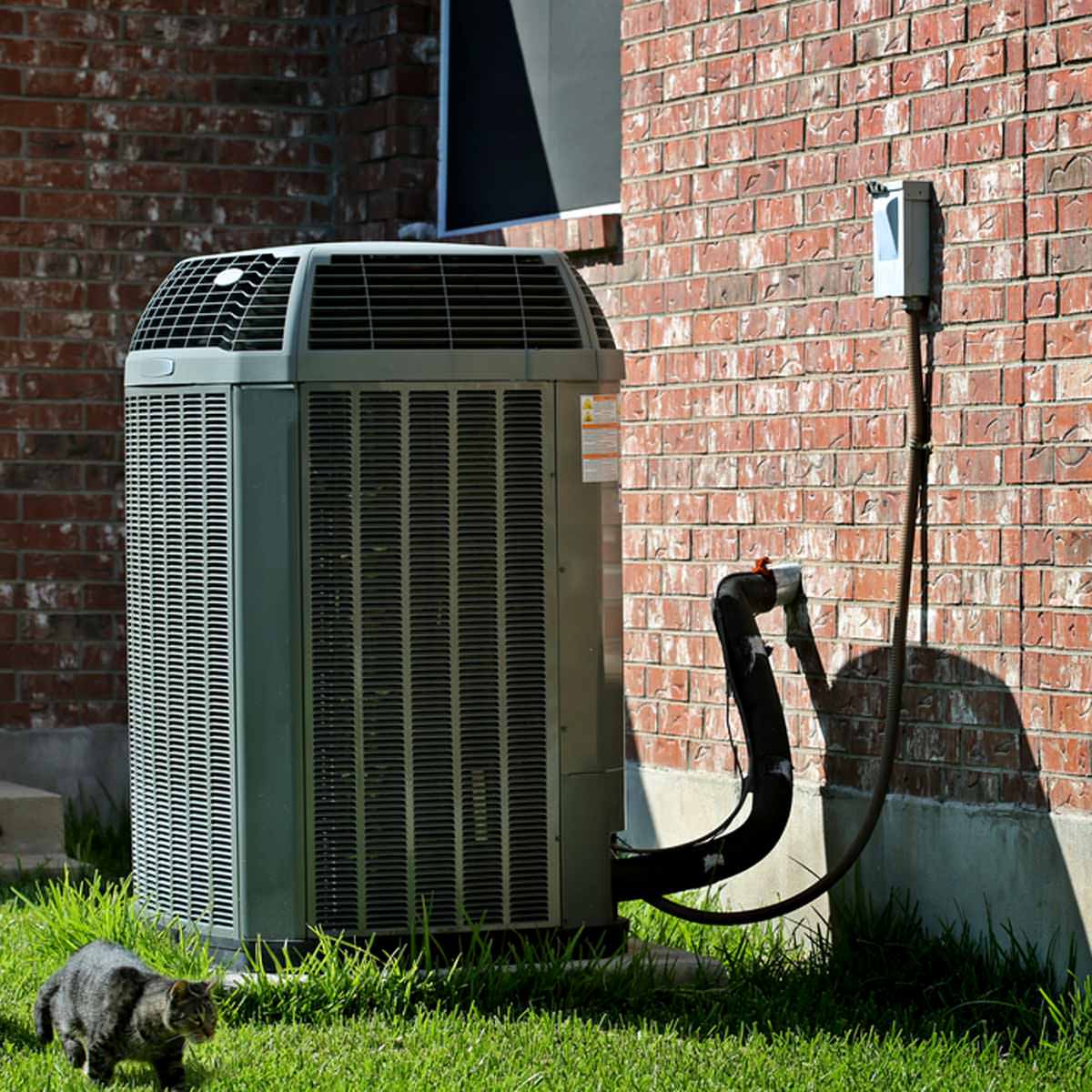








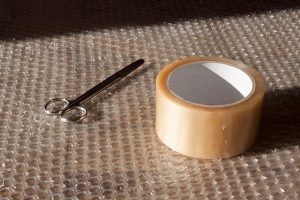

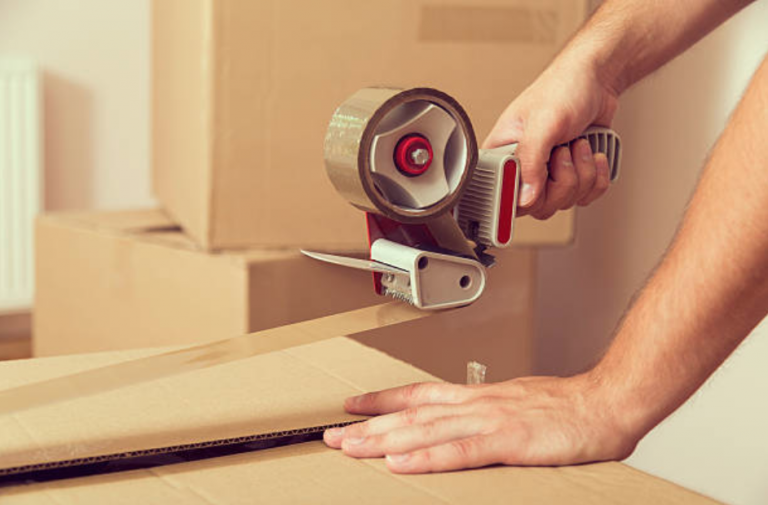




Recent Comments